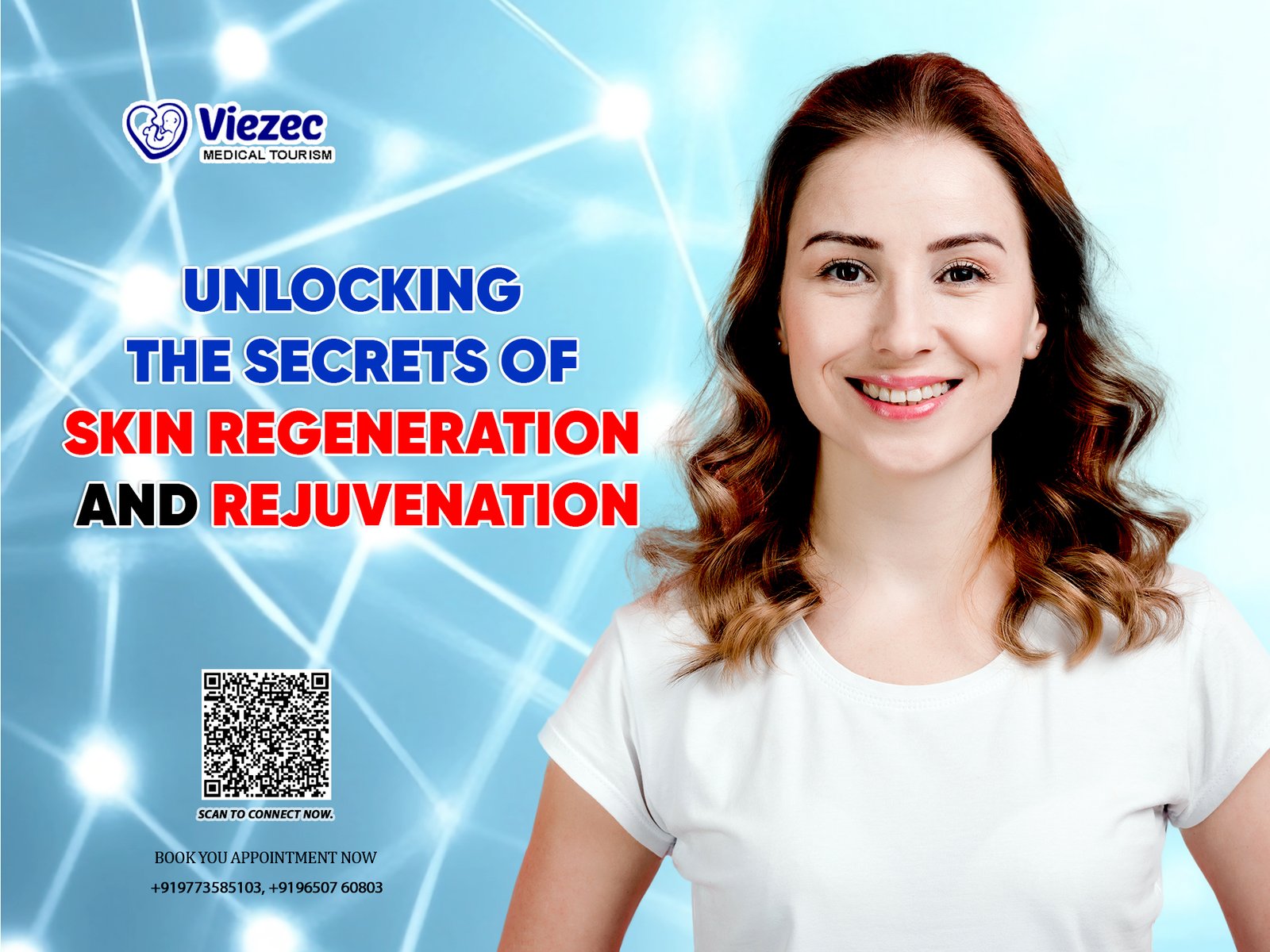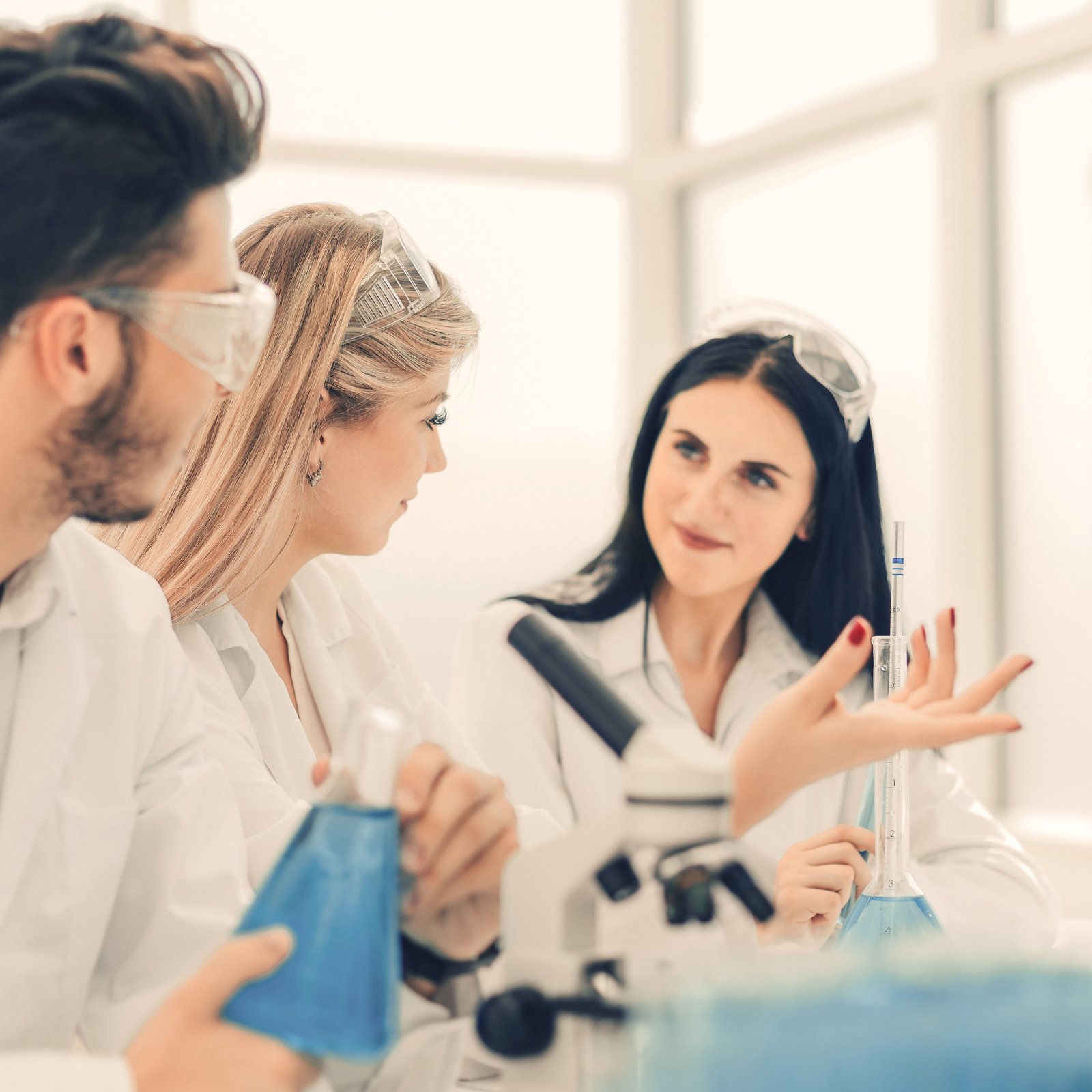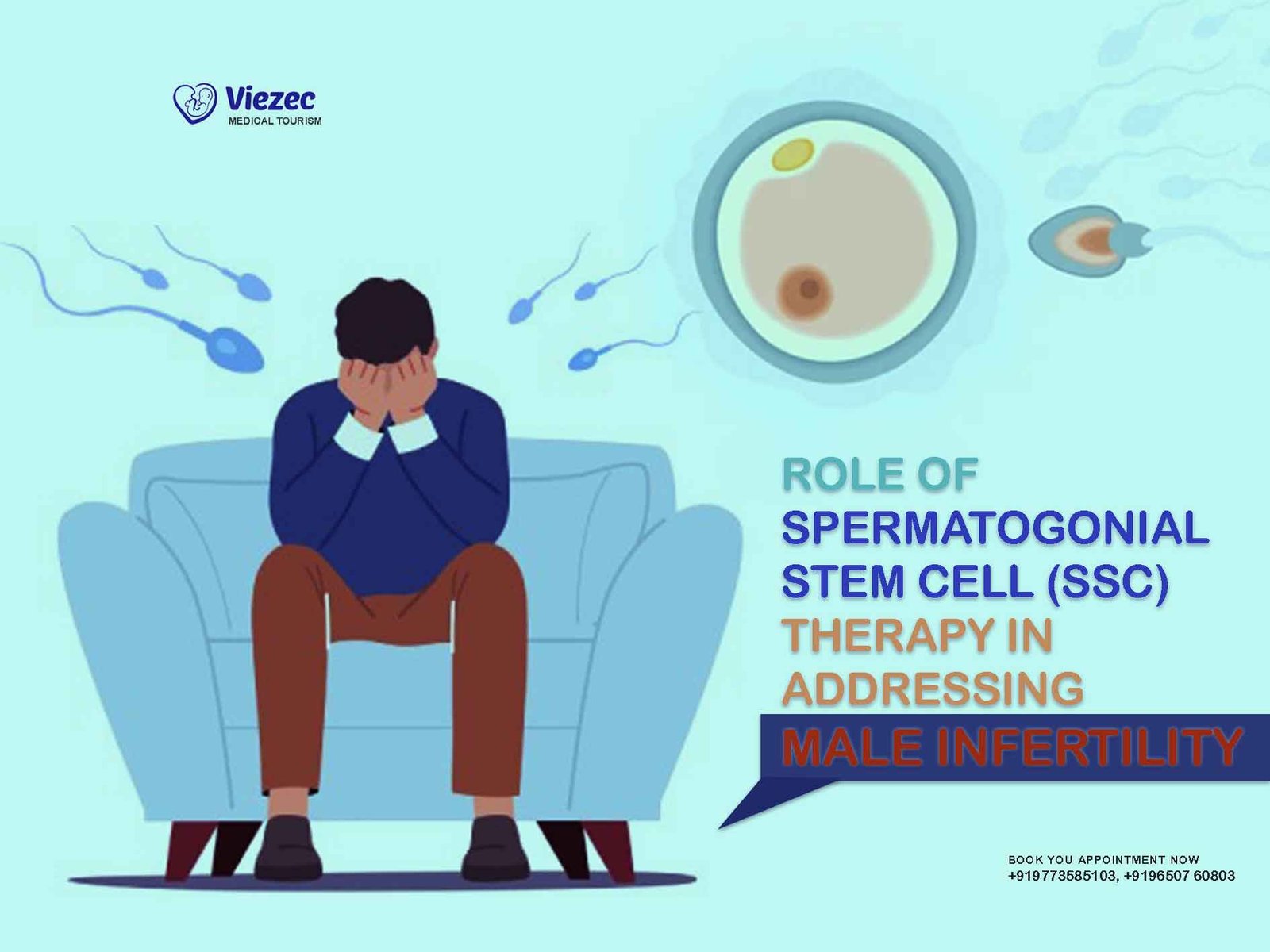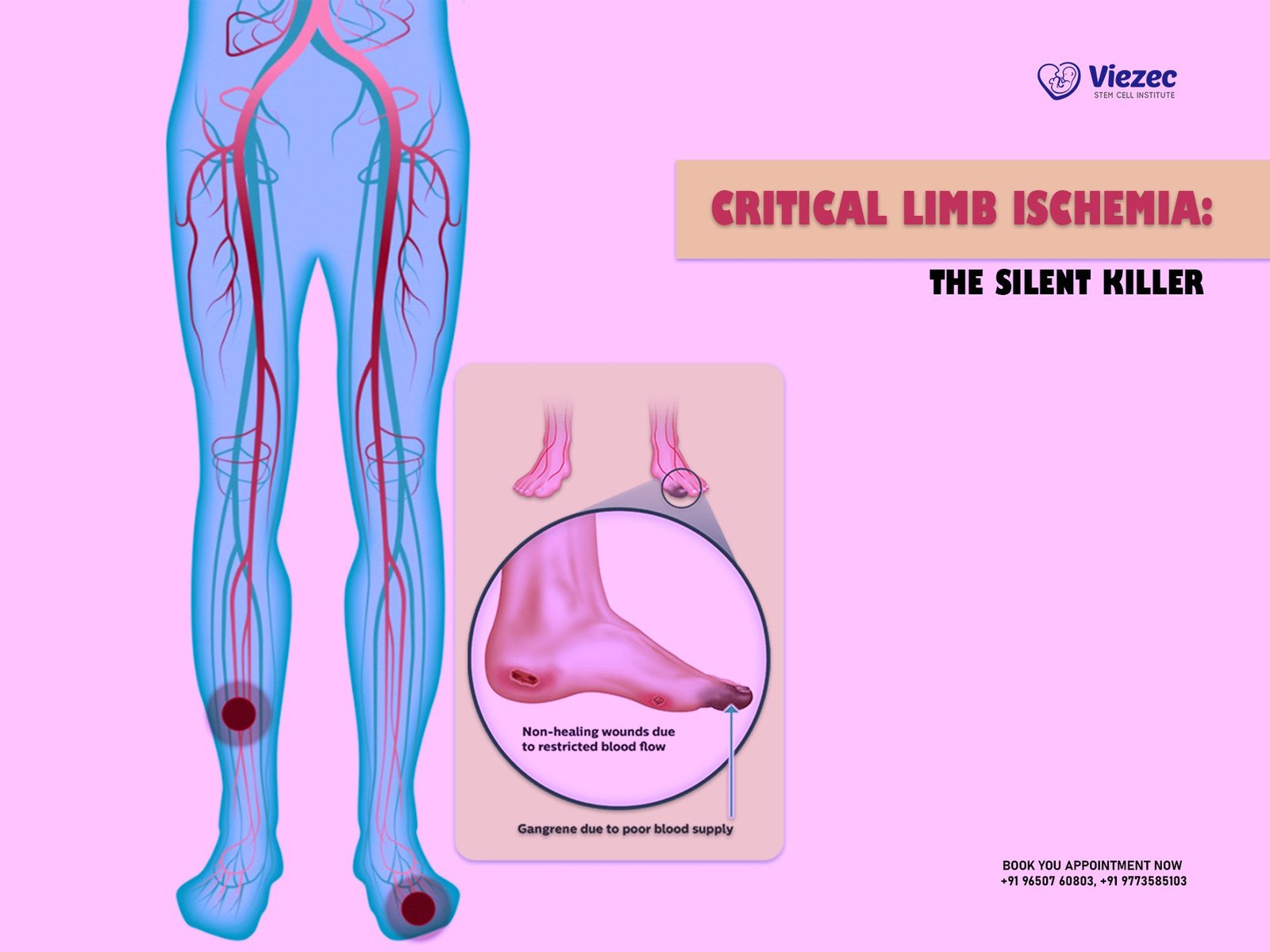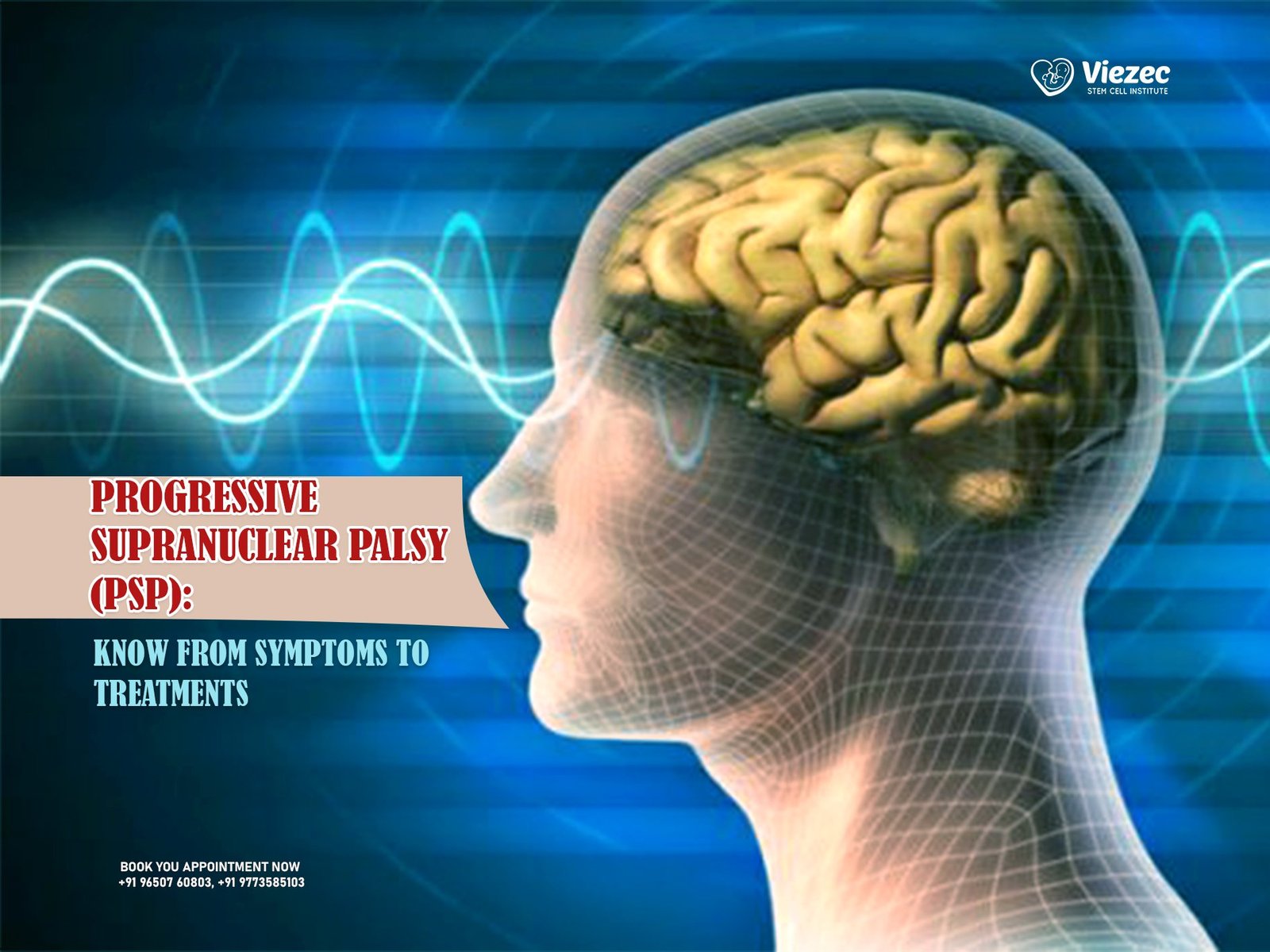KEY TAKEAWAYS
Our skin is far more than just an outer covering—it’s a living, breathing organ that protects us and constantly works to repair itself. Skin regeneration is the natural biological process where damaged cells are replaced with fresh, healthy ones, ensuring the skin remains strong and functional. On the other hand, skin rejuvenation takes this natural ability a step further by combining it with therapies and treatments that restore the skin’s youthful glow. From improving firmness and elasticity to smoothing texture and evening tone, rejuvenation helps slow visible signs of aging. Together, regeneration and rejuvenation reveal the fascinating science behind how our skin heals, adapts, and stays radiant at every stage of life.
The Science Behind Skin Regeneration
The human skin is remarkable in its ability to heal, renew, and defend against external damage. At the core of this process is skin cell turnover, the continuous cycle in which new cells replace old, damaged ones. This natural rhythm keeps skin smooth, firm, and radiant—especially when collagen and elastin levels remain strong. Understanding the main players behind this cycle reveals why skin regeneration is so vital for long-term health and youthful appearance.
How the Skin Renews Itself: Cell Turnover
Every 28–42 days, skin cells complete a renewal cycle, though this slows down with age. For those over 50, the cycle can extend to 84 days or more, leading to dullness, wrinkles, and loss of elasticity. Supporting healthy skin regeneration ensures faster healing, better texture, and reduced signs of aging.
The Role of Keratinocytes in Renewal
Keratinocytes, the most abundant cells in the epidermis, are produced in the deepest layer of the skin and gradually migrate upward. By the time they reach the surface, they die and shed—making way for new, stronger cells. This cycle is crucial for maintaining a protective skin barrier against environmental toxins and UV rays.
Fibroblasts and the Power of Collagen & Elastin
Beneath the surface, fibroblasts play a key role in producing collagen, elastin, and hyaluronic acid. These structural proteins keep skin plump, elastic, and firm. As we age, fibroblast activity declines, reducing collagen production—a primary cause of fine lines, sagging, and wrinkles. Stimulating fibroblasts through anti-aging skincare or treatments can dramatically improve skin tone and texture.
Stem Cells: The Architects of Repair
Resident skin stem cells act as the architects of regeneration. They facilitate continuous repair, especially after injury or damage from UV exposure. These specialized cells hold immense potential in regenerative medicine and advanced skin rejuvenation therapies, offering hope for reversing visible signs of aging.
How Aging Slows Down Skin Regeneration
With time, the efficiency of keratinocytes, fibroblasts, and stem cells decreases. This natural slowdown results in slower skin healing, reduced collagen synthesis, and loss of elasticity. By the 50s, skin not only takes longer to regenerate but also shows deeper wrinkles and age spots—making external support through skincare and treatments more important than ever.
Factors Affecting Skin Aging
Aging is an unavoidable process, but the way our skin ages is influenced by both internal biology and external environmental factors. Together, these forces determine how quickly we see fine lines, wrinkles, and changes in skin texture. By understanding what drives premature skin aging, we can take proactive steps to preserve a youthful complexion and support natural skin regeneration.
Intrinsic Aging: The Natural Biological Clock
Intrinsic aging is the gradual, genetically programmed process that occurs in everyone. Over time, the skin becomes thinner, drier, and less elastic due to the decline in collagen and elastin production. Natural hormonal changes also play a role, making the skin more fragile and less able to repair itself. While intrinsic aging cannot be stopped, healthy lifestyle choices and skin care can slow its visible effects.
Extrinsic Aging: Environmental and Lifestyle Triggers
Unlike intrinsic aging, extrinsic aging results from daily exposures and habits. These factors accelerate damage at the cellular level, causing wrinkles, sagging, and age spots far earlier than genetics alone would dictate.
UV Radiation and Photoaging
Sun exposure is the single biggest contributor to extrinsic skin aging, responsible for up to 90% of visible changes. Known as photoaging, UV rays penetrate deep into the skin, breaking down collagen and elastin. This leads to fine lines, leathery texture, uneven tone, and pigmentation. Daily use of broad-spectrum sunscreen is the most effective way to reduce this damage.
Lifestyle Choices: Smoking, Alcohol, and Poor Diet
Unhealthy habits can dramatically affect the skin’s vitality. Smoking reduces blood flow and oxygen supply, resulting in dull, sallow skin and deep wrinkles around the mouth. Excessive alcohol dehydrates skin and accelerates collagen breakdown. Diets high in sugar and processed foods can trigger glycation, a process that stiffens collagen fibers, reducing elasticity. On the other hand, a nutrient-rich diet supports healthy skin regeneration.
Environmental Pollution and Oxidative Stress
Airborne pollutants release free radicals, unstable molecules that damage skin cells through oxidative stress. This weakens the skin barrier, accelerates fine lines, and increases the risk of hyperpigmentation. Antioxidant-rich skincare and diet are essential to neutralize this daily damage.
Stress and Hormonal Imbalance
Chronic stress increases cortisol, a hormone that interferes with collagen production and skin repair mechanisms. Over time, this can lead to sagging, breakouts, and premature wrinkles. Managing stress through mindfulness, exercise, or relaxation techniques is key to maintaining long-term skin health.
Strategies for Skin Rejuvenation
The good news is that while aging is inevitable, modern science and smart lifestyle habits give us countless ways to rejuvenate skin and slow visible signs of aging. From using targeted skincare ingredients to undergoing advanced dermatological treatments, these strategies help stimulate collagen production, skin repair, and hydration, restoring a youthful glow.
Topical Ingredients That Support Skin Renewal
Applying the right skincare actives can make a dramatic difference in promoting cell turnover and collagen stimulation:
-
Retinoids (Vitamin A): The gold standard in anti-aging skincare, retinoids boost cell renewal, smooth wrinkles, and refine skin texture.
-
Vitamin C: A powerful antioxidant that fights free radicals, brightens skin tone, and stimulates collagen synthesis.
-
Hyaluronic Acid: Known for its unmatched hydration power, it plumps skin by holding up to 1,000 times its weight in water.
-
Peptides: Short chains of amino acids that signal skin cells to produce more collagen and elastin, improving firmness.
-
Niacinamide (Vitamin B3): Reduces inflammation, strengthens the skin barrier, and helps minimize pore size for a smoother look.
These ingredients, when used consistently, form the foundation of an effective anti-aging skincare routine.
Medical and Aesthetic Procedures for Rejuvenation
For those seeking faster or more intensive results, dermatologists offer treatments that directly target the deeper layers of skin:
-
Chemical Peels: Remove dull surface layers to encourage fresh skin growth.
-
Microneedling: Tiny controlled injuries stimulate natural collagen production and improve absorption of serums.
-
Laser Skin Resurfacing: Uses light energy to correct wrinkles, scars, and pigmentation while boosting skin regeneration.
-
Dermal Fillers: Injectable treatments restore volume loss and smooth deep wrinkles.
-
Platelet-Rich Plasma (PRP): Uses your own platelets, rich in growth factors, to accelerate healing and rejuvenation.
These professional skin rejuvenation treatments are especially effective when combined with a solid at-home skincare routine.
Lifestyle and Diet for Healthy Skin
Even the most advanced treatments won’t last without a healthy lifestyle to support skin regeneration:
-
Sun Protection: Daily broad-spectrum sunscreen is the #1 anti-aging tool.
-
Antioxidant-Rich Diet: Fruits, vegetables, nuts, and green tea neutralize oxidative stress and fight premature aging.
-
Stay Hydrated: Drinking enough water supports skin elasticity and reduces dryness.
-
Sleep and Recovery: Deep sleep triggers growth hormones essential for cellular repair and collagen production.
-
Stress Management: Reducing stress helps lower cortisol levels that can damage skin structure.
By combining topical care, medical treatments, and lifestyle choices, you can slow down skin aging and reveal smoother, firmer, and healthier-looking skin at any age.
How Stem Cells Are Transforming Anti-Aging Treatments
In recent years, stem cell therapy for skin has emerged as one of the most exciting frontiers in regenerative medicine and anti-aging treatments. Unlike traditional skincare, which mainly works at the surface level, stem cells target the skin’s deeper structures, encouraging natural repair and regeneration at the cellular level.
Stem cells have the unique ability to transform into different types of skin cells, including keratinocytes and fibroblasts, which are essential for skin renewal and collagen production. When introduced through advanced therapies, stem cells release powerful growth factors and cytokines that stimulate collagen synthesis, improve elasticity, and accelerate wound healing. This leads to smoother texture, reduced wrinkles, and an overall rejuvenated appearance.
One of the most significant benefits of stem cell–based treatments is their long-lasting impact. By enhancing the skin’s natural ability to repair itself, they go beyond simply masking signs of aging and instead restore healthier skin function. Clinical studies suggest that stem cell therapies may help reduce fine lines, pigmentation, and even scars, making them a promising option for those seeking advanced anti-aging solutions.
While research is still ongoing, many dermatologists and aesthetic clinics are already incorporating stem cell–derived products—such as serums, injectables, and topical creams—into personalized skincare plans. As science continues to evolve, stem cell therapy could revolutionize the way we approach aging, offering a more natural, holistic path to youthful, radiant skin.
Embracing a Holistic Approach to Skin Rejuvenation
Skin regeneration and rejuvenation are not just about looking younger—they’re about maintaining the skin’s health, resilience, and vitality. By understanding how processes like cell turnover, collagen production, and stem cell activity work, we can make smarter choices that support long-term skin health. Protecting the skin from daily damage, nourishing it with the right ingredients, and adopting a balanced lifestyle all play an essential role in slowing the signs of aging.
At the same time, advancements in science—such as stem cell therapy, microneedling, and laser treatments—are transforming the way we approach anti-aging skincare. These innovations don’t just cover up the effects of time but actually work at the cellular level to restore and renew.
The secret to radiant, youthful skin lies in a holistic approach—combining smart skincare, healthy habits, and, when needed, professional treatments. By taking proactive steps today, you’re not just investing in beauty—you’re investing in the future health of your skin.
FAQs
How long does skin regeneration take?
On average, the skin’s cell turnover cycle takes about 28–42 days in younger adults. However, this process slows with age, and for people over 50, it can take up to 84 days or more. A consistent skincare routine with retinoids, vitamin C, and exfoliation can help speed up renewal, while professional treatments like microneedling or chemical peels further stimulate skin regeneration for faster, visible results.
Which treatment is best for skin rejuvenation?
The best treatment depends on your skin type, age, and concerns. For mild signs of aging, topical treatments like retinoids and hyaluronic acid are highly effective. For deeper wrinkles and loss of elasticity, professional procedures such as laser resurfacing, microneedling, PRP, or stem cell therapy provide stronger results. A dermatologist can recommend a personalized skin rejuvenation treatment plan for long-lasting benefits.
Can lifestyle changes really improve skin health?
Yes, lifestyle plays a critical role in maintaining youthful skin. Daily sunscreen use, an antioxidant-rich diet (fruits, vegetables, nuts), and proper hydration help protect against photoaging and oxidative stress. Quality sleep supports collagen production, while stress management keeps cortisol levels balanced. Together, these habits enhance the skin’s natural ability to repair, regenerate, and stay firm.
Are stem cell therapies safe for anti-aging?
Stem cell therapy for skin rejuvenation is considered safe when performed by qualified professionals, but research is still evolving. Many treatments use stem cell–derived products that stimulate collagen production and repair damaged tissues. While promising, results vary, and more clinical studies are needed. If you’re considering this option, consult a dermatologist or aesthetic specialist to ensure it’s the right choice for your skin goals.
What is the fastest way to rejuvenate skin naturally?
For natural rejuvenation, focus on daily sun protection, antioxidant skincare, proper hydration, and regular exfoliation to boost cell turnover. Adding ingredients like retinoids, peptides, and vitamin C can further enhance the results. Combining these with lifestyle practices—like reducing stress and eating nutrient-rich foods—provides the fastest, most sustainable path to radiant, youthful skin without invasive procedures.

